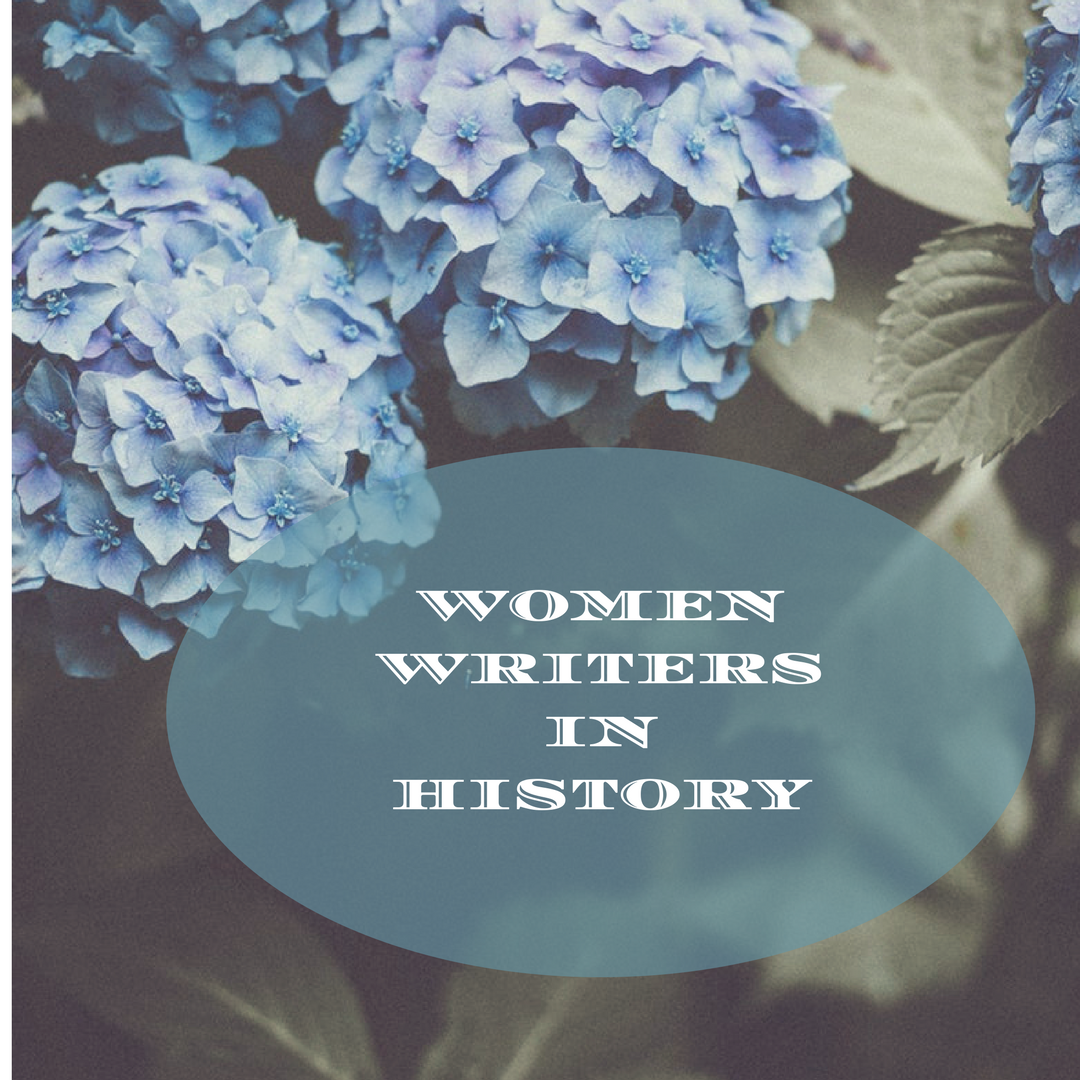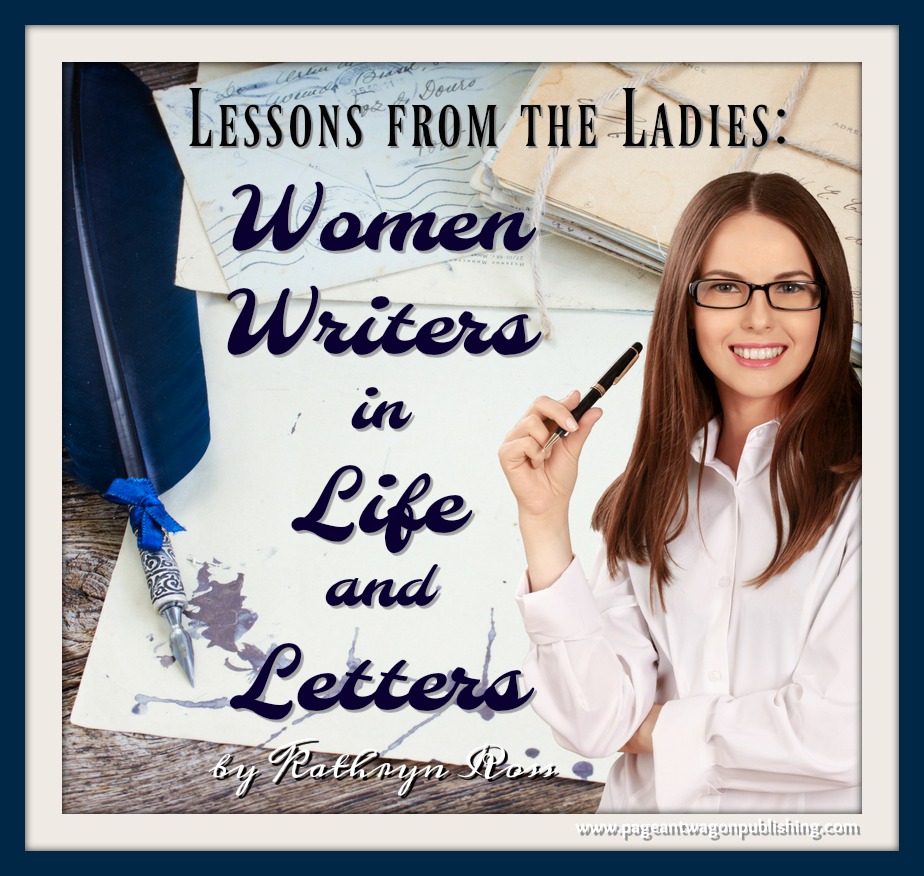
Margaret Elizabeth Sangster: Conversations with a Wise Friend
I stash books in every corner of my home. There’s not a single wall in my house where you…
January 2, 2019
I stash books in every corner of my home. There’s not a single wall in my house where you…
January 2, 2019
With the November holiday season upon us, turkey tops the menu lists for traditional American fare at family gatherings.…
November 2, 2018
This is the tale of a tail—a tail that belonged to a little red squirrel, and his name was…
October 2, 2018
In last month’s post, I shared about the disturbing trend of imposing modern standards to classic works of literature…
September 2, 2018
When Benjamin Stillingfleet rejected the norms of 18th century polite society, for the graver pursuits of learning and literature—and…
January 3, 2018
The well-born lay woman . . . led a much freer and fuller life than her sister in religion.…
November 2, 2017
Until the last century, men dominated the realms of literature, letters, and learning. We read nothing of women exchanging…
October 2, 2017